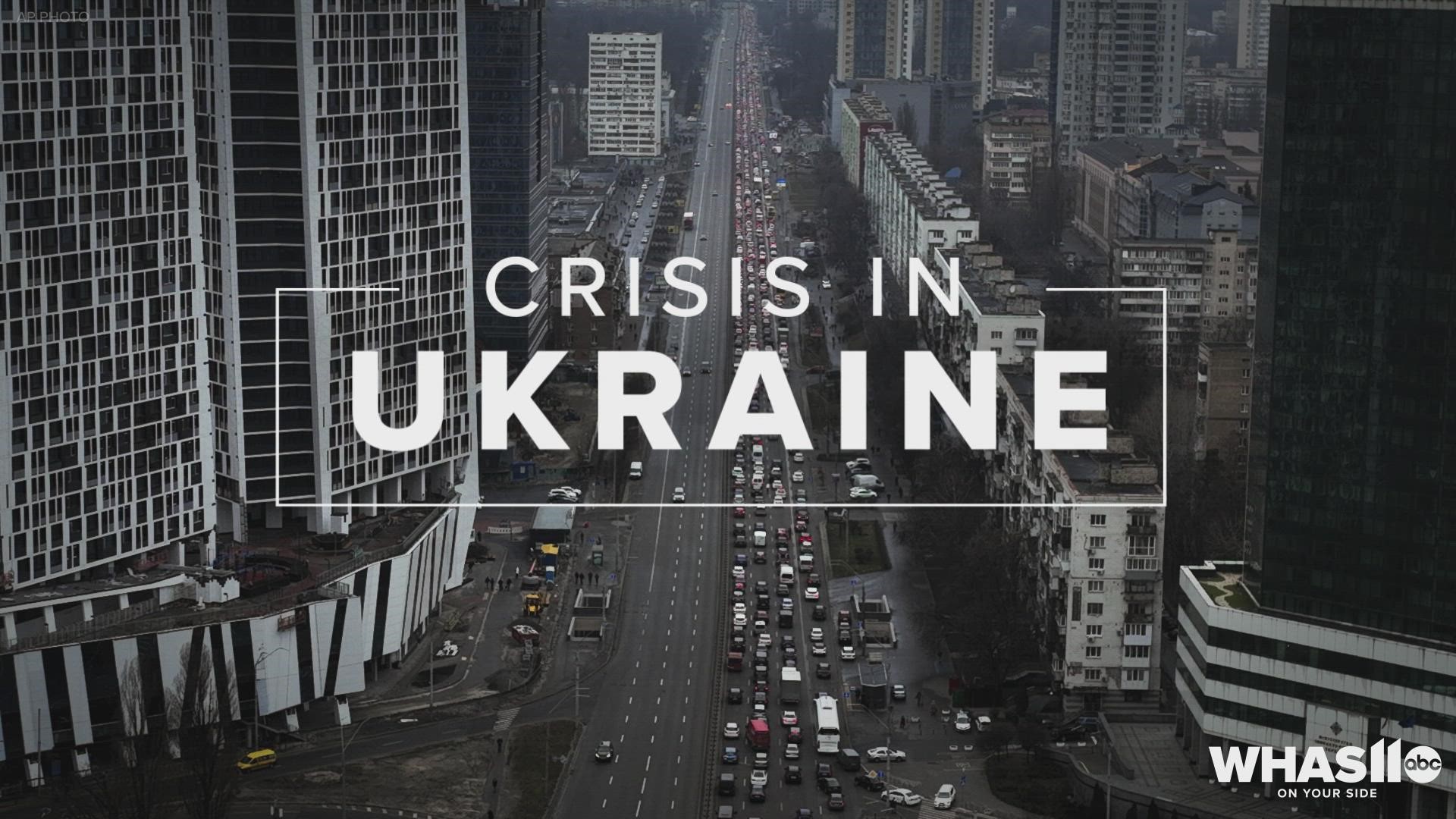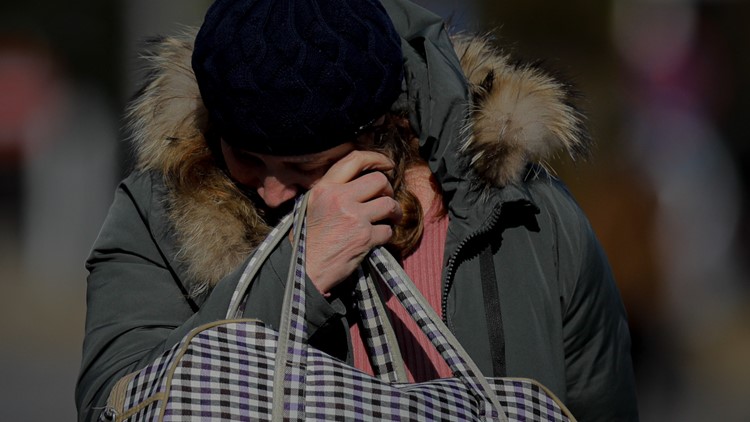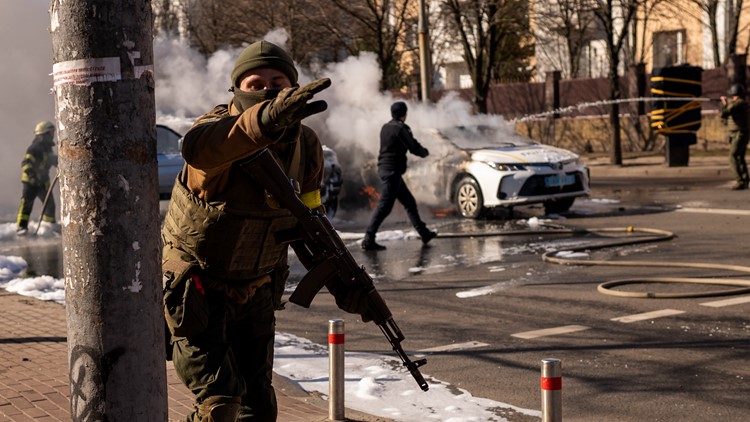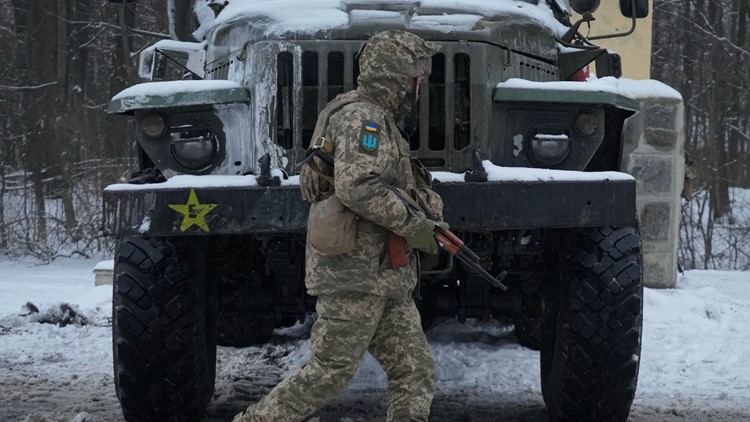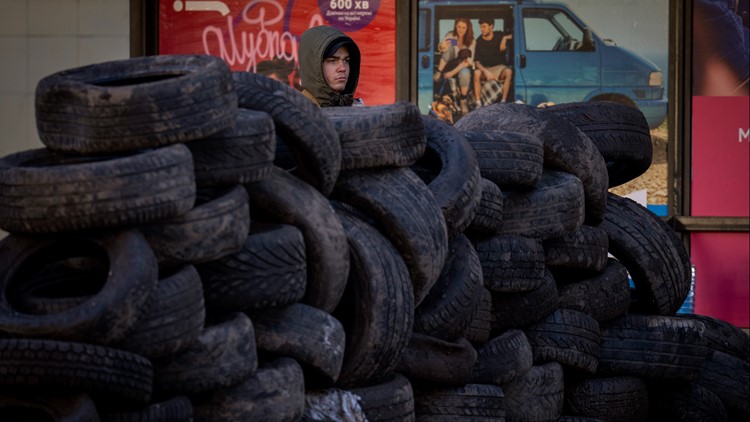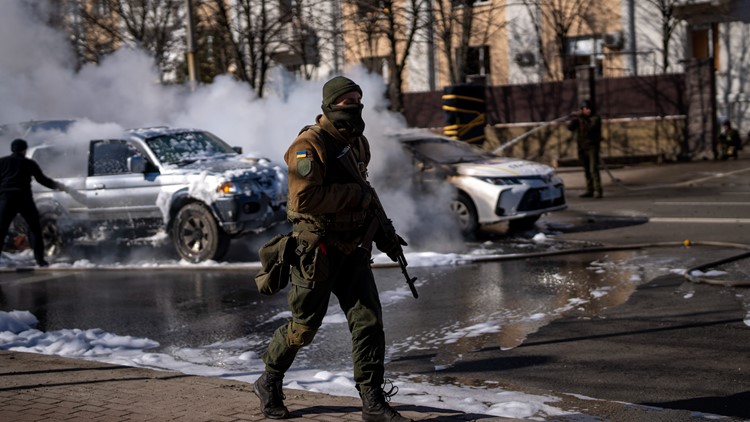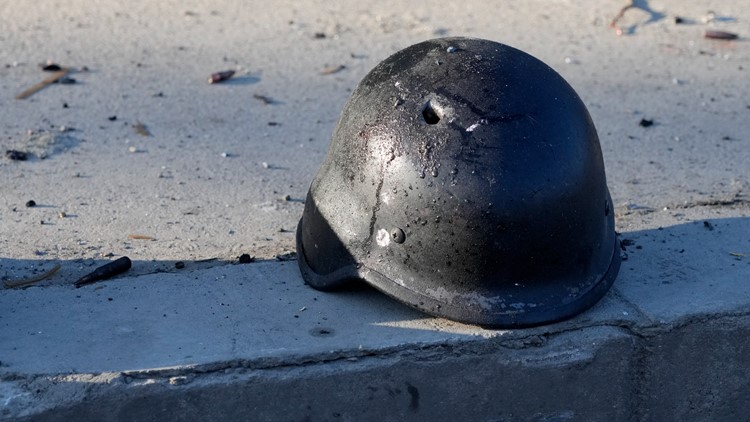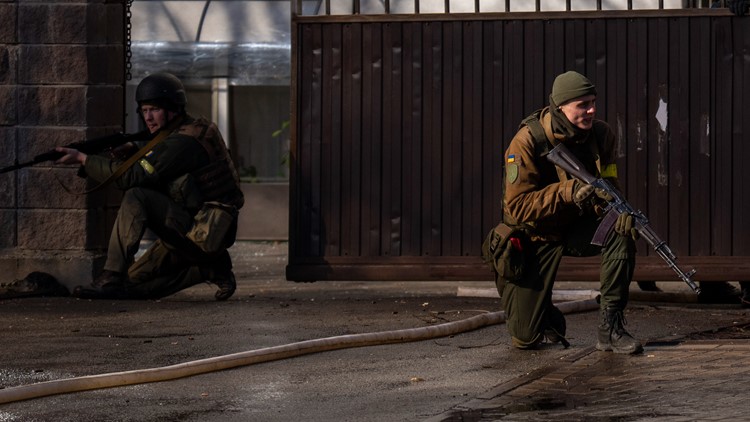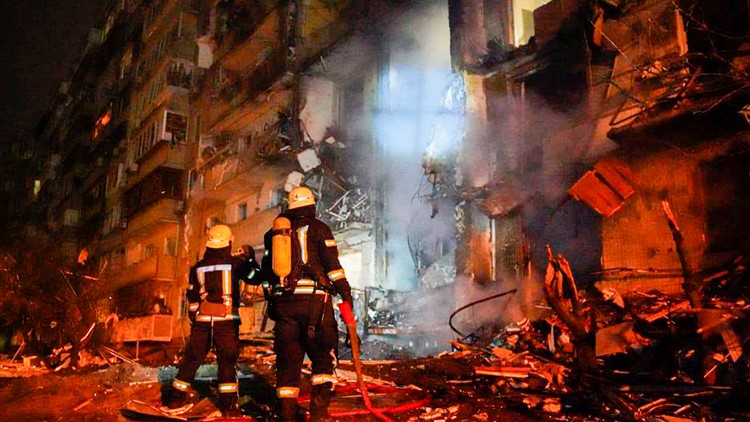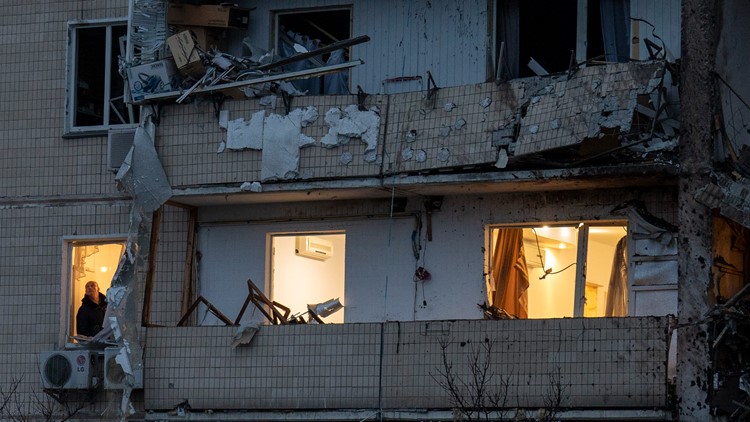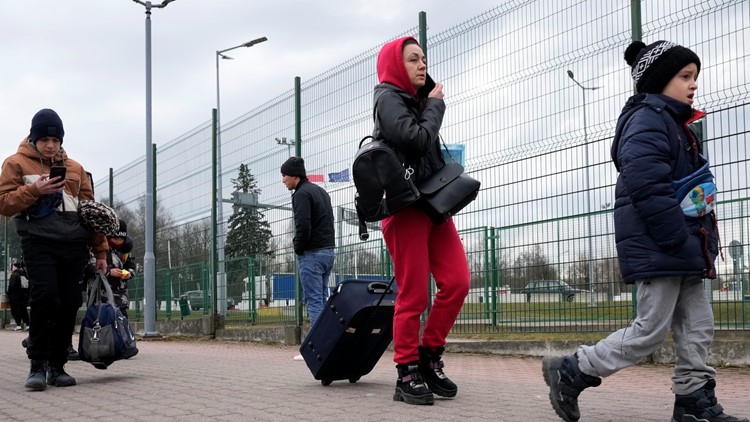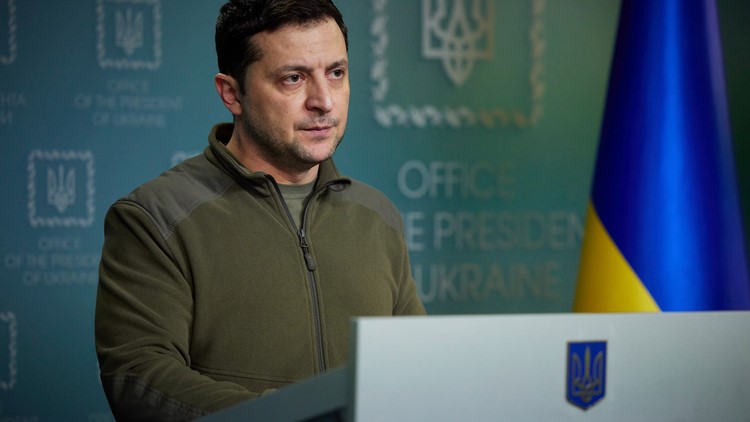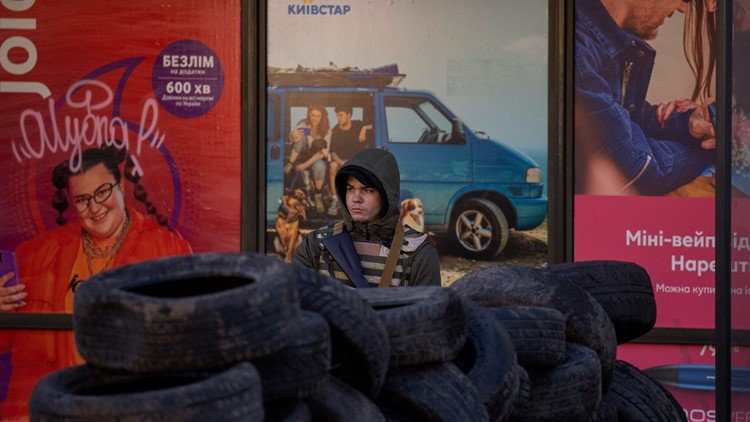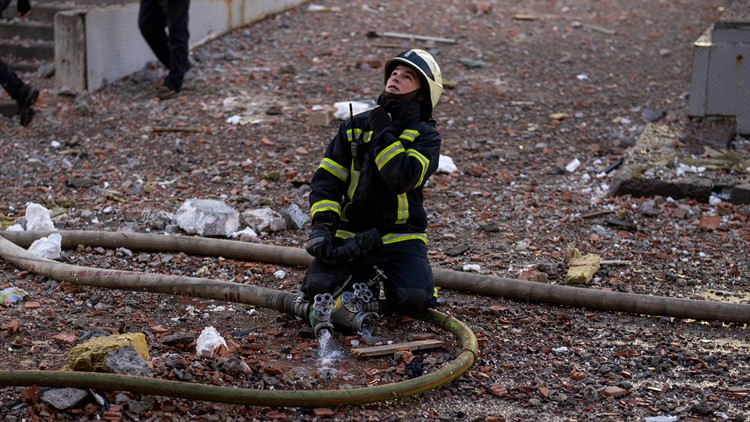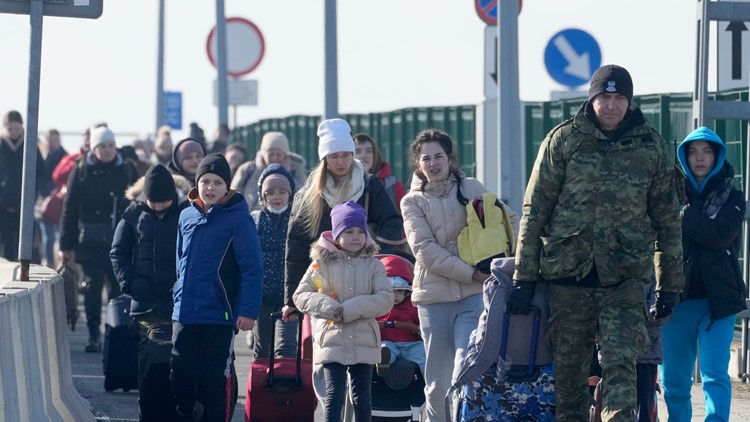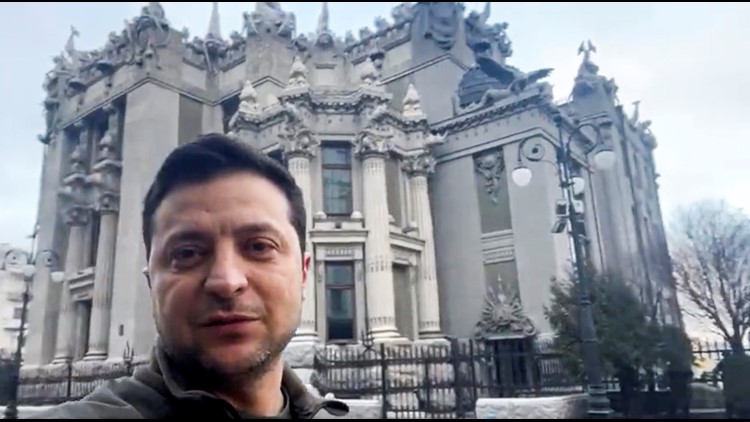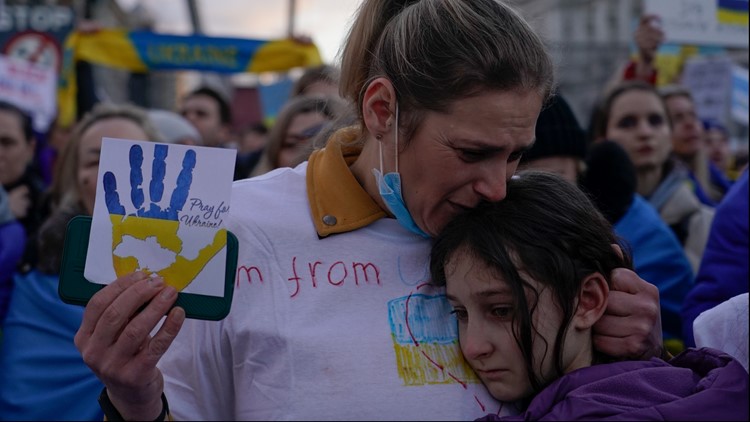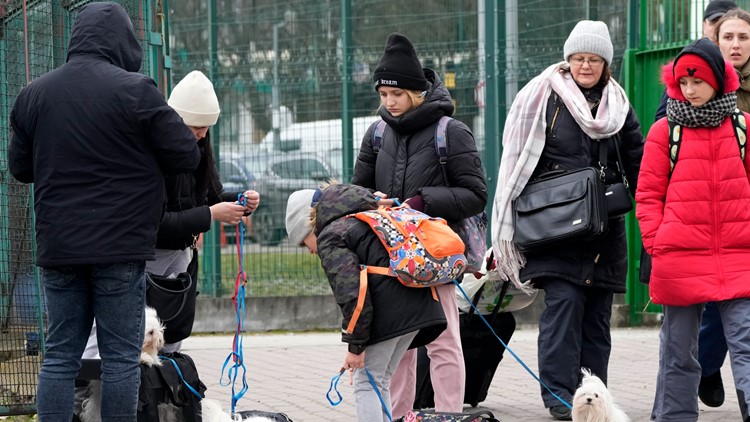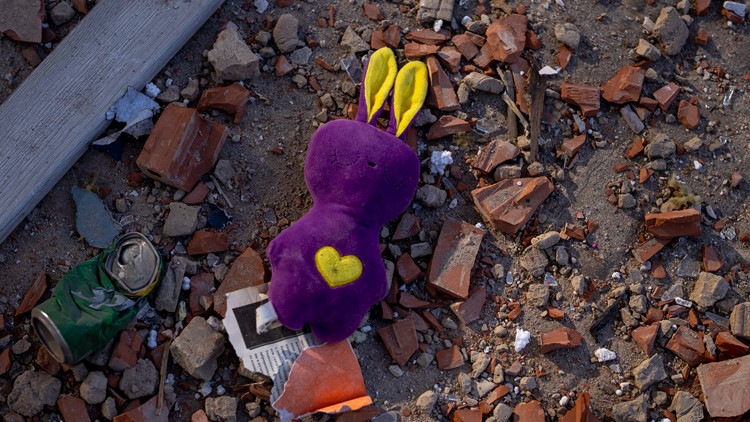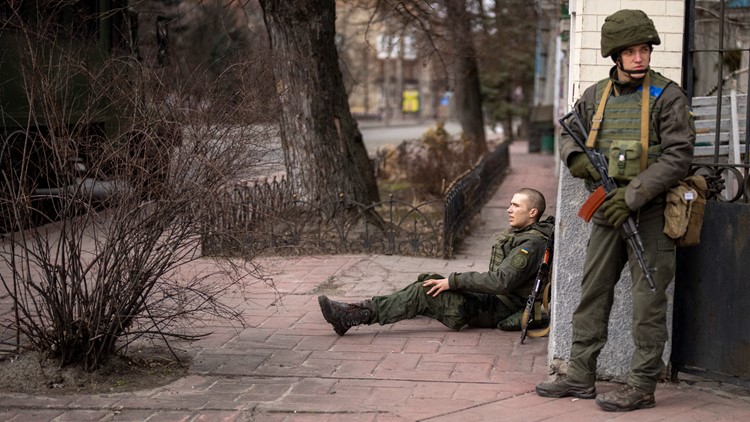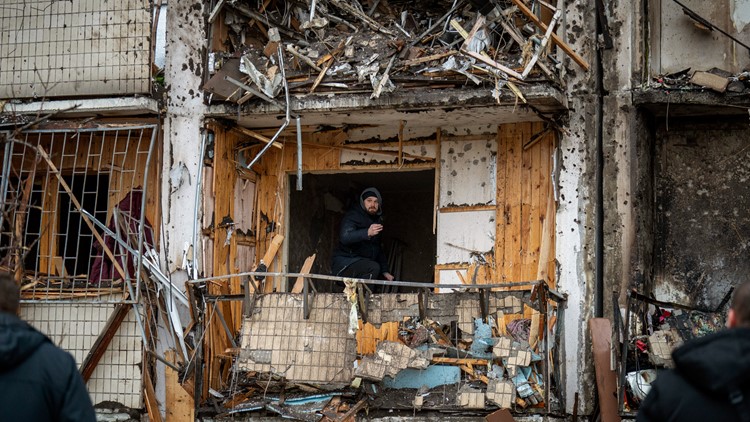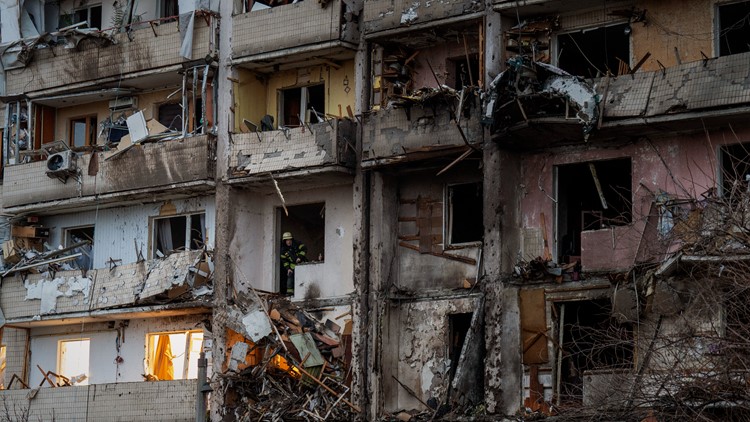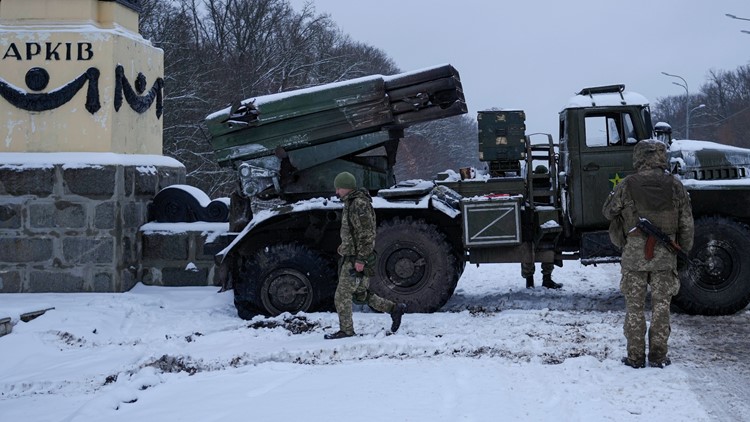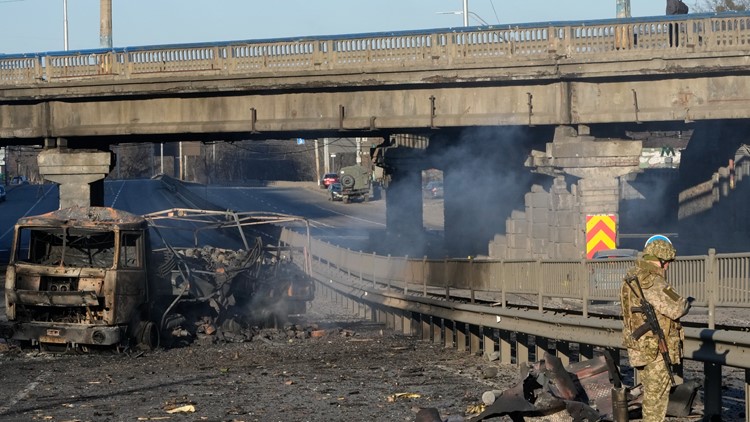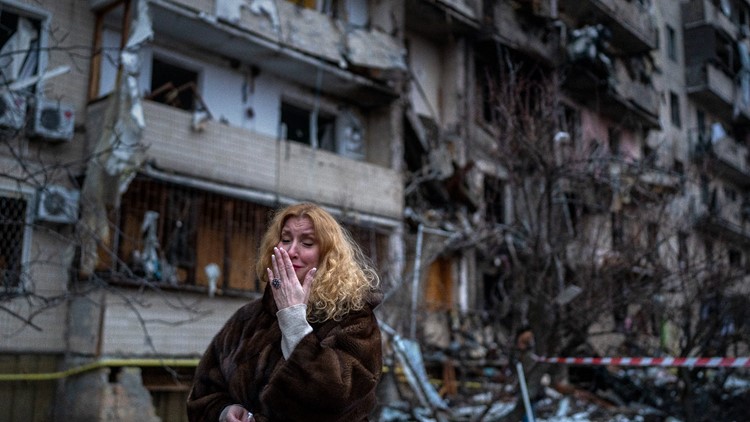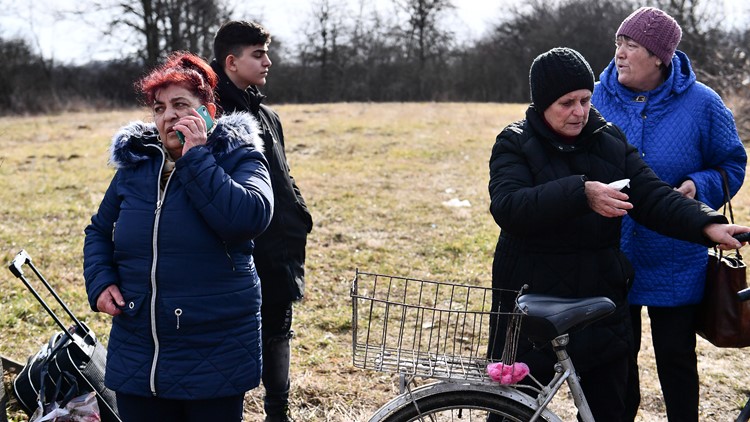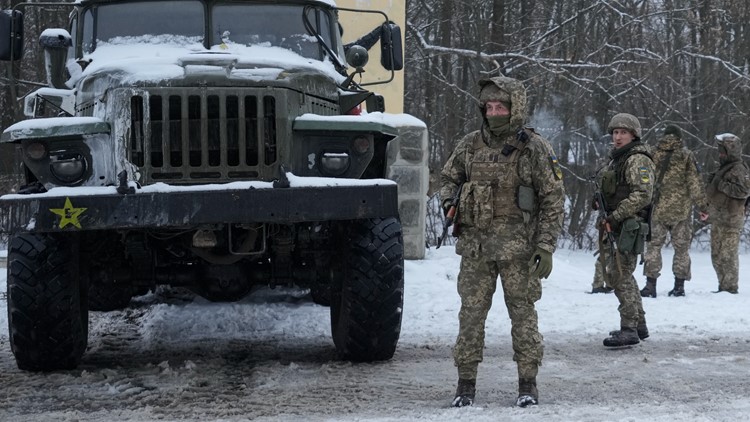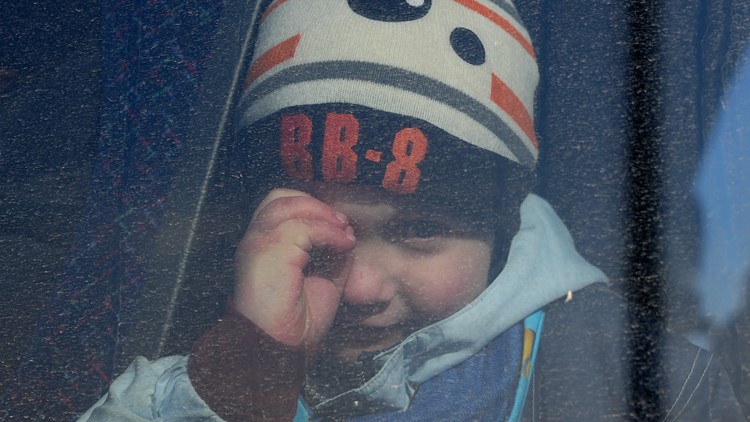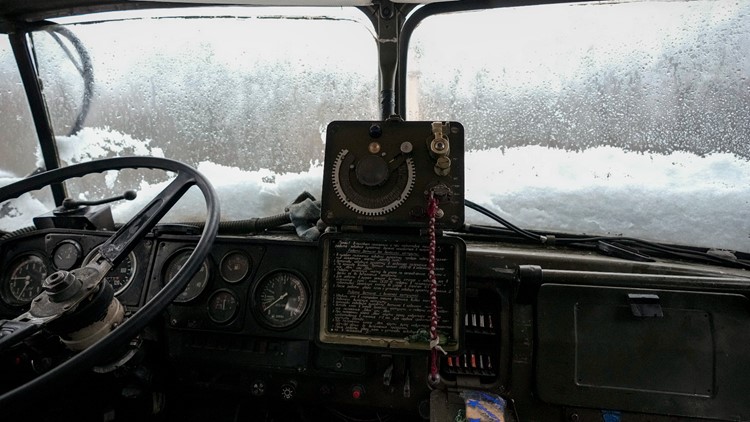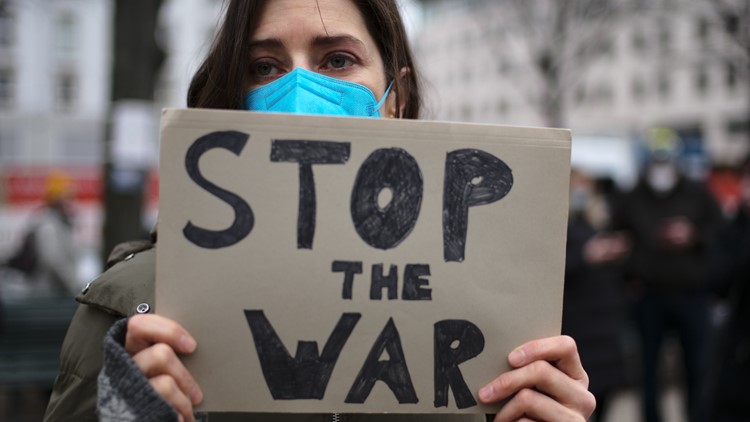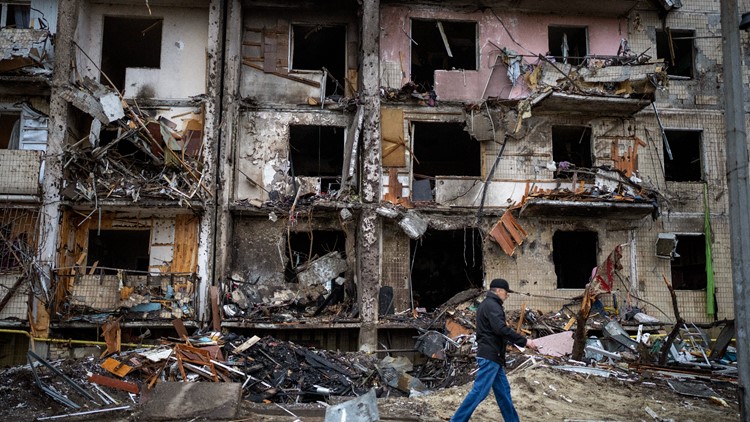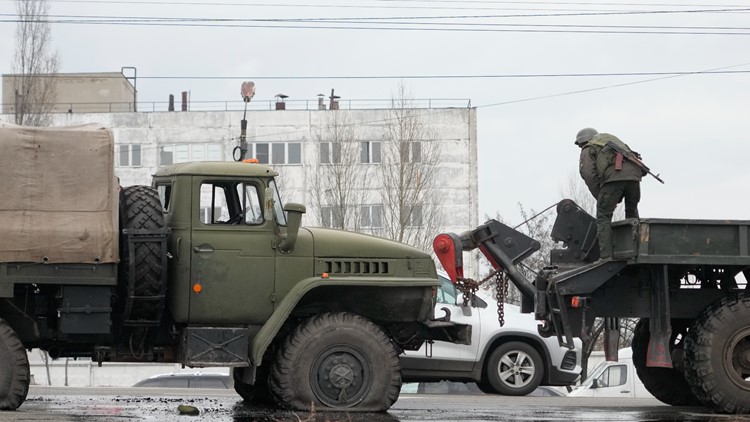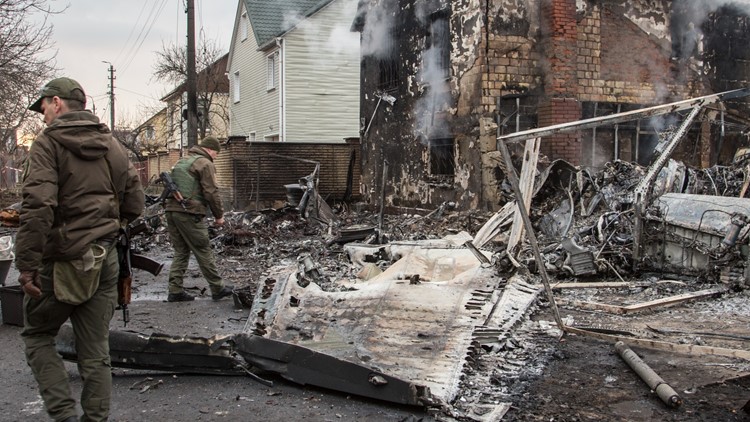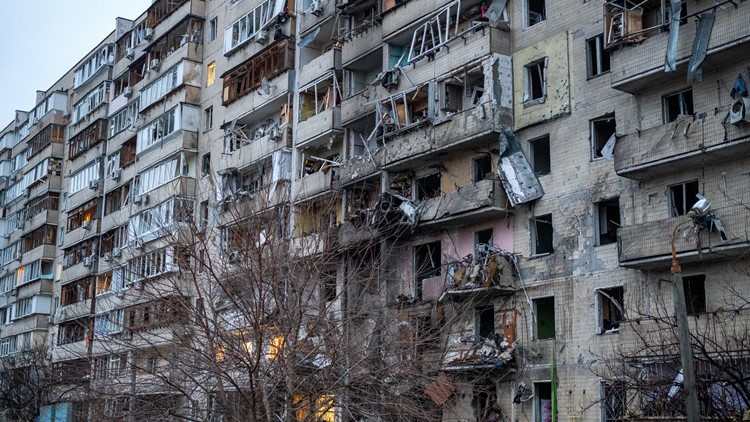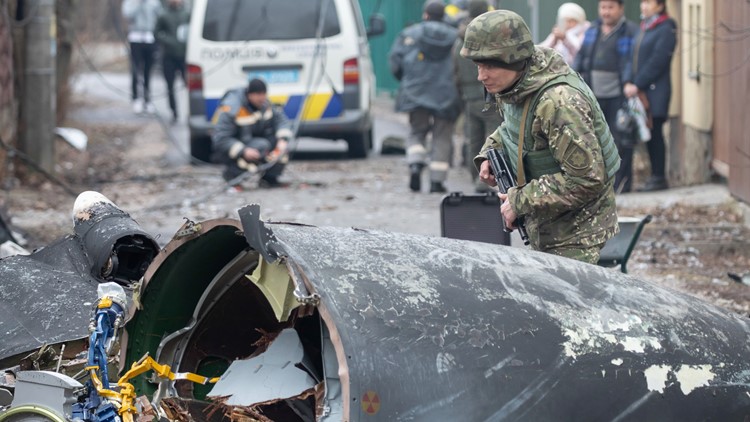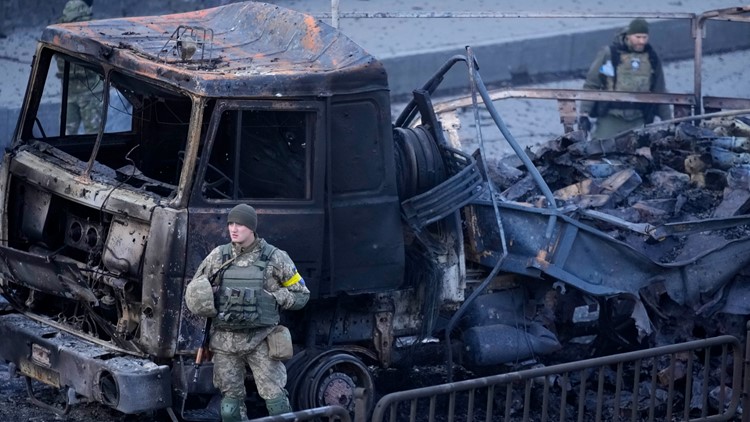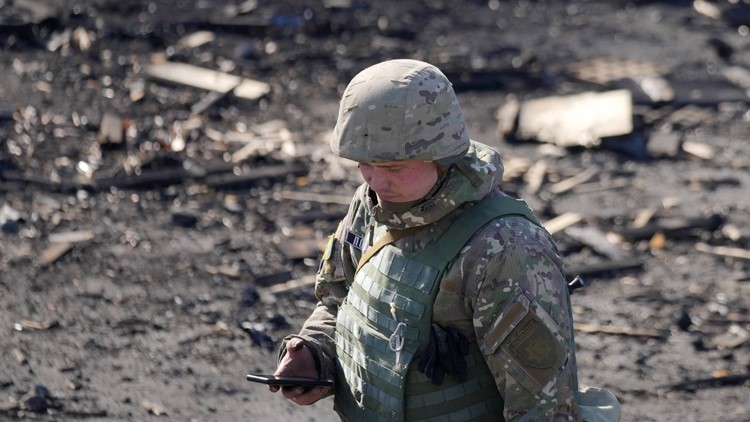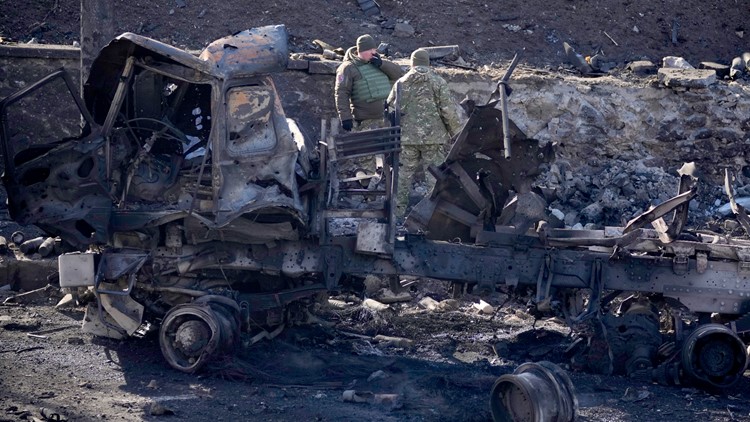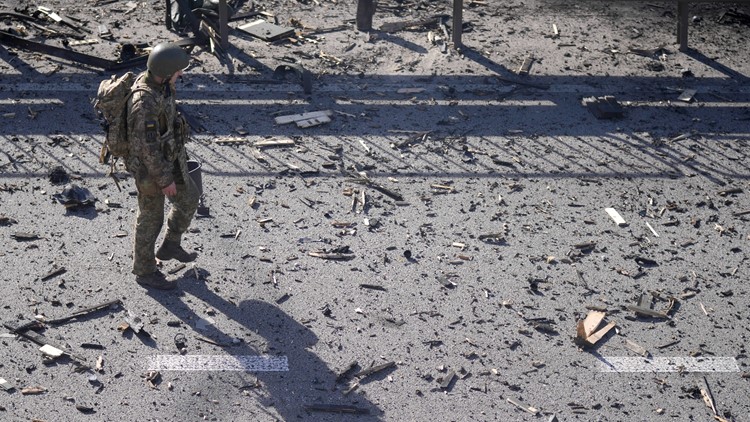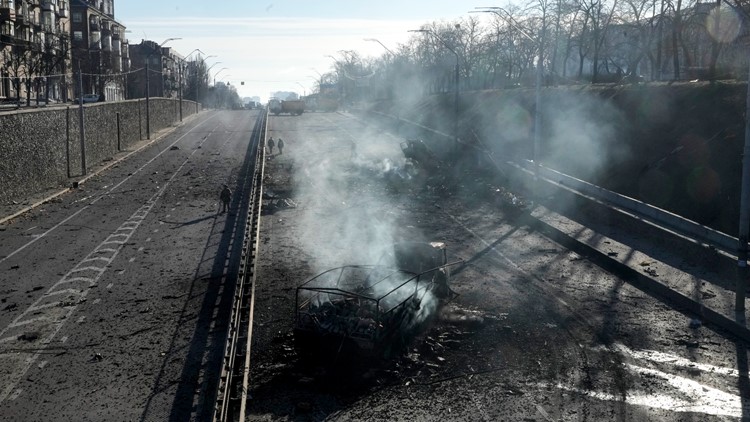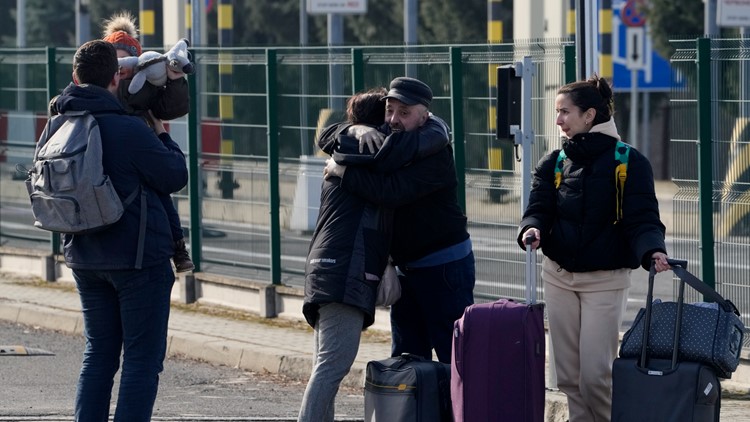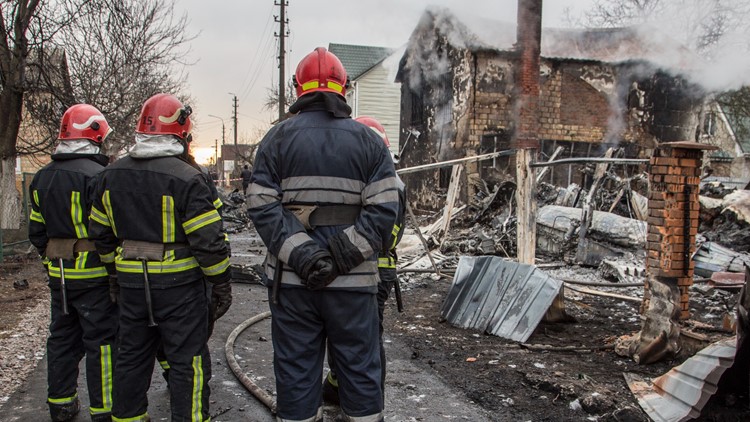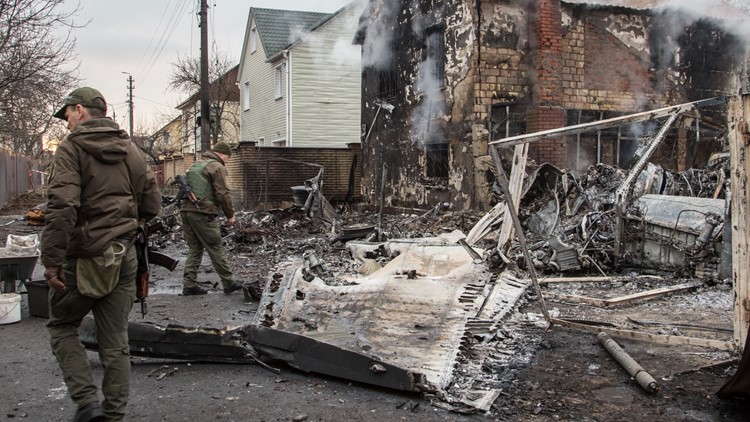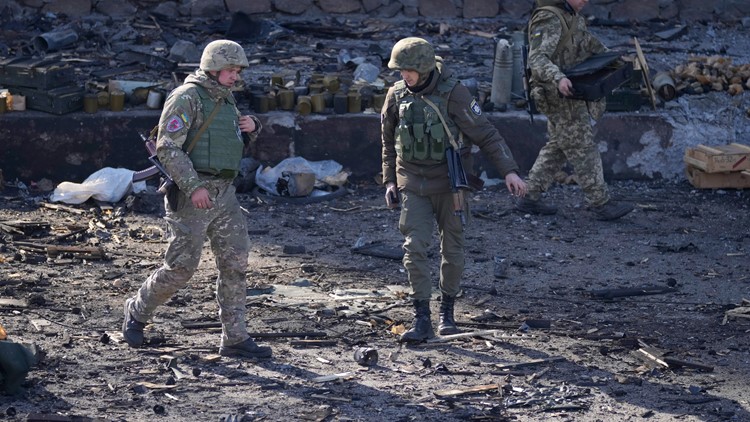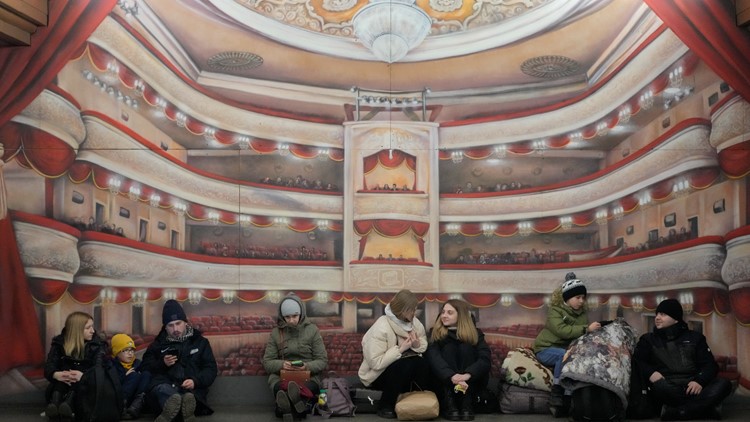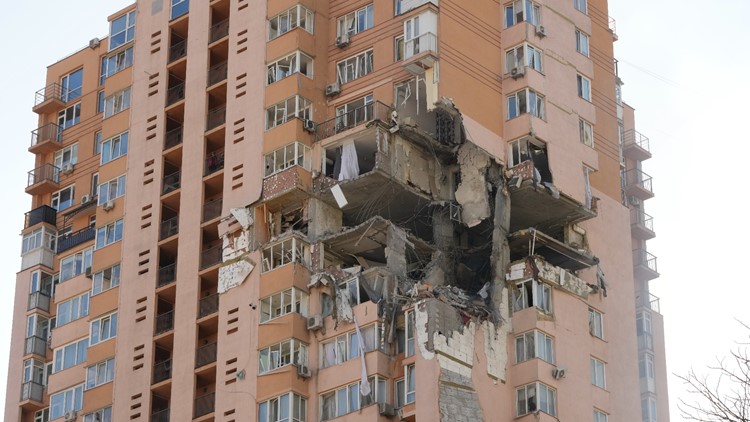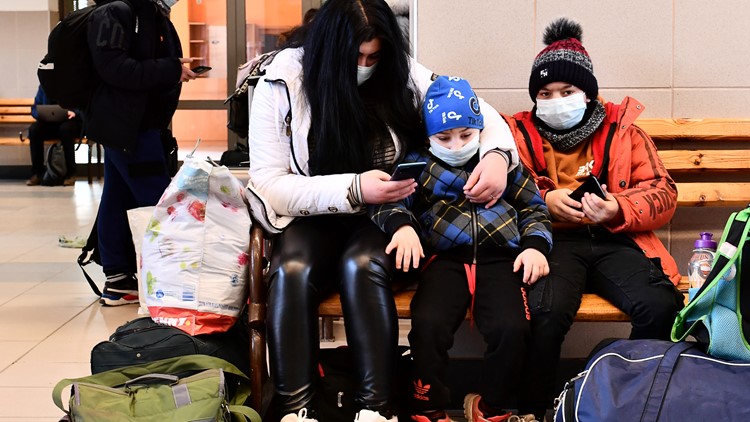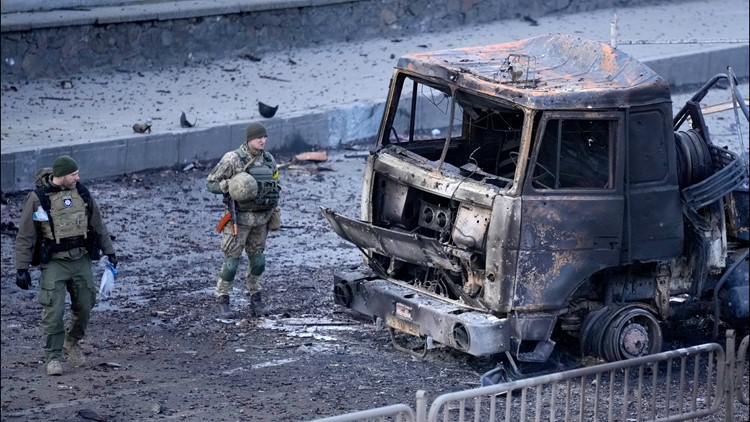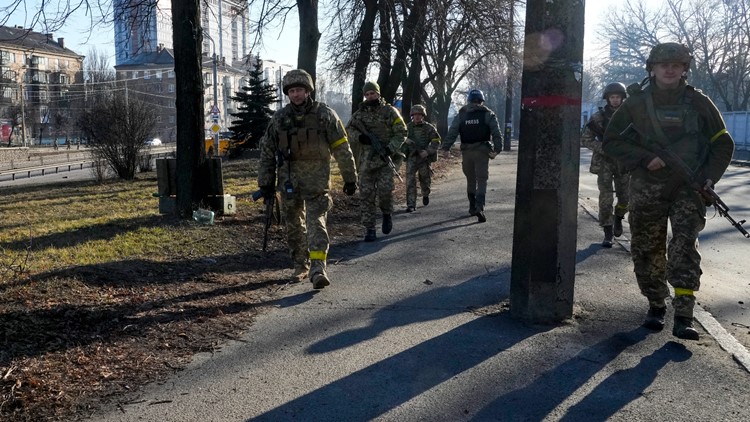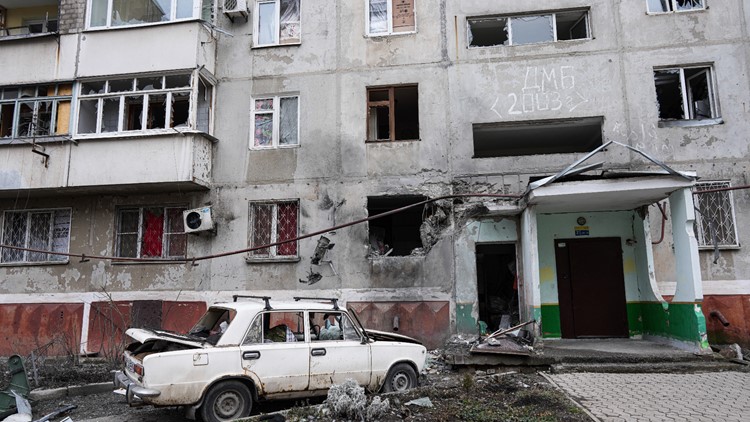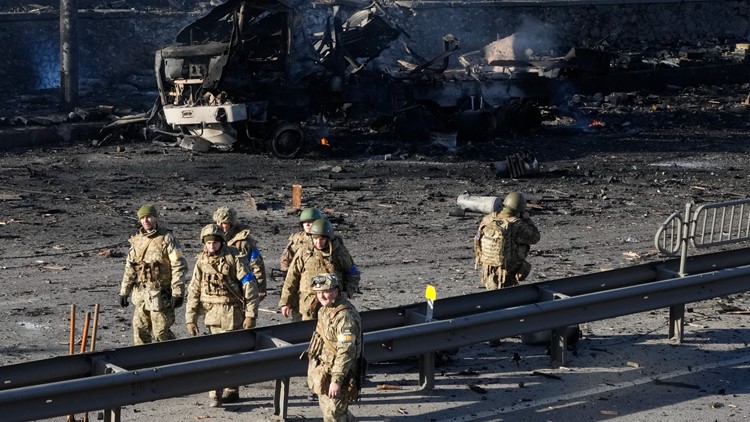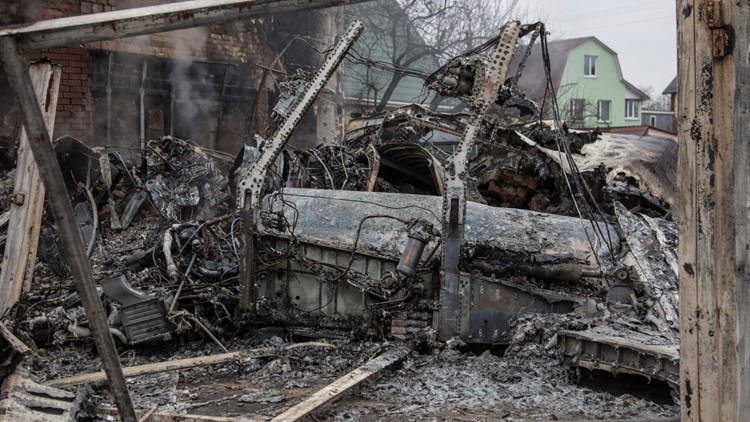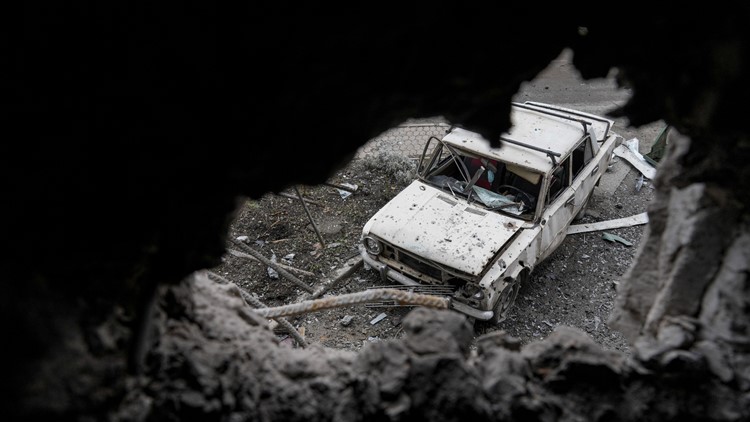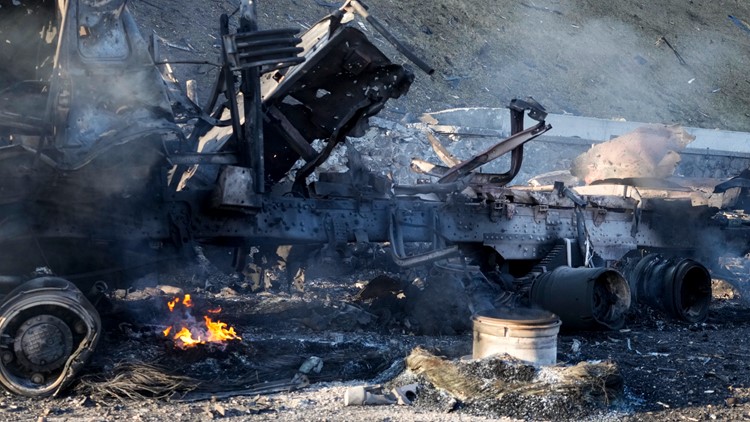LOUISVILLE, Ky. — Russia has launched a wide-range attack on Ukraine on Wednesday, Feb. 23, striking cities and bases with airstrikes or shelling.
For weeks, Russia built up military forces in the hundreds of thousands around Ukraine's borders.
Here’s what you need to know about the crisis in eastern Europe:
Russia
When the Soviet Union collapsed back in December of 1991, borders were drawn throughout Eastern Europe, creating 15 different countries.
The largest of them is Russia; the second largest is Ukraine.
Vladimir Putin has been Russia's president since 2012. He also served as the country's president from 1999 until 2008. He was also the country's Prime Minister, once in 1999 and again in 2008.
The country is the largest in the world spanning from eastern Europe and northern Asia. Its capital is Moscow.
Sitting along Russia's western border is Ukraine. Ukraine is the second-largest country in Europe, after Russia. Ukraine is about the size of Texas, with 10 million more people.
Ukraine
Ukraine became an independent nation in 1991 after the fall of the Soviet Union.
Ukraine's president is Volodymyr Zelenskyy. He's been in office since May of 2019. He is the country's sixth president.
Ukraine sits on the Black Sea and neighbors Belarus, Poland, Slovakia, Hungary, Romania, and Moldova.
Ukraine's capital, Kyiv, pronounced “KEE-eve," is about 500 miles from Moscow.

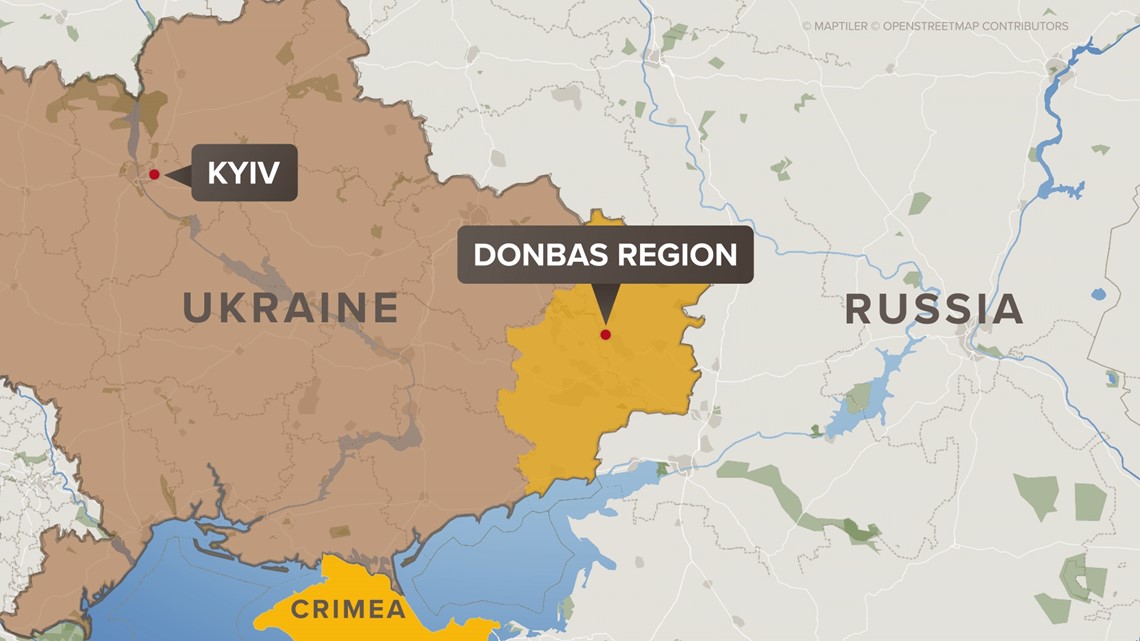
RELATED: Why is Russia invading Ukraine?
Prior conflict: Crimea explained
Ukraine's southern peninsula in the Black Sea is Crimea. Crimea is an area of Ukraine made up mostly of ethnic Russians.
In 2014, Russia invaded and annexed Crimea.
Why is Putin concerned about Ukraine?
Geography- Putin sees Ukraine's location and access to the Black Sea as important to Russia's military and defense strategies.
The Black Sea is also warm water. Many of Russia's ports are extremely cold or frozen.
History- Ukraine pre-dates Russia. It was the center of the first eastern Slavis state. During the time of the Soviet Union, Ukraine was a big part of its core geographically, economically, and culturally. When the Soviet Union fell, much of Russia's economy fell with it. Putin sees "reclaiming" Ukraine as a means to restoring Russia to its stature geographically, economically, militarily, and culturally.
Political- Russia's willingness to invade Ukraine comes as Putin fears NATO's ever-growing presence in Europe.
Ukraine is not a member of NATO, however, the country has sought to join the global alliance.
This is why Putin is willing to invade Ukraine. The Russian president fears being cornered by Western forces, especially since NATO allies already surround the nation.
What is NATO?
NATO stands as an acronym for the North Atlantic Treaty Organization.
It was created to deter the Soviet Union's expansion, prevent the revival of nationalist militarism in Europe, and encourage European political integration.
Since then its purpose has been to protect the freedom and security of member nations both through political and, if necessary, military means.
30 countries make up NATO including the United States, Canada, and the United Kingdom.
From the Associated Press: Here’s a look at what is happening where and why
WHAT’S HAPPENING IN EASTERN UKRAINE?
In eastern Ukraine, where fighting since 2014 between Ukrainian forces and pro-Russia rebels has killed some 14,000 people, separatists in the Luhansk and Donetsk regions announced they are evacuating civilians to Russia as unrest escalates.
Metadata from two videos posted by the separatists announcing the evacuation show that the files were created two days ago, The Associated Press confirmed. U.S. authorities have alleged that Kremlin plans included prerecorded videos as part of a disinformation campaign.
A group of international monitors in eastern Ukraine that is tasked with keeping the peace reported more than 500 explosions in the 24 hours ending Thursday midday. A car exploded outside the main government building in Donetsk, but there was no immediate word on casualties or what caused the blast.
Around the volatile line of contact, a U.N. Refugee Agency convoy came under rebel shelling, Ukraine’s military chief said, though no casualties were reported.
Rebel forces denied that claim and alleged that Ukraine was about to invade the region, which Kyiv denied.
The unrest in the area may be part of Moscow’s suspected playbook of portraying Ukraine as the aggressor, thereby giving Russia grounds to invade.
Putin sent his emergencies minister to the Rostov region bordering Ukraine to help organize the evacuation. He ordered the government to give 10,000 rubles (about $130) to each evacuee. That’s equivalent to about half the average monthly salary in the area.
WHAT'S NEW ABOUT THE CYBERATTACKS?
The White House is blaming Russia for recent cyberattacks targeting Ukraine’s defense ministry and major banks.
Anne Neuberger, the White House’s chief cyber official, said the attacks this week were of “limited impact” since Ukrainian officials were able to quickly get their systems back up and running, but it is possible that the Russians were laying the groundwork for more destructive ones.
WHAT’S GOING ON AT THE KREMLIN?
The Kremlin says Putin will watch drills involving Russia’s strategic nuclear forces from the situation room at the Russian Defense Ministry.
The Defense Ministry said Putin will personally oversee Saturday's display of his country's nuclear might. Notably, the planned exercise involves the Crimea-based Black Sea Fleet. Russia annexed the Crimean Peninsula after seizing it from Ukraine in 2014.
Meanwhile, NATO is beefing up its eastern regions.
The U.S. has begun deploying 5,000 troops to Poland and Romania. The Biden administration announced Friday it has approved a $6 billion sale of 250 Abrams battle tanks and related equipment to Poland.
Britain is sending hundreds of soldiers to Poland and offering more warships and planes. It also is doubling the number of personnel in Estonia and sending tanks and armored fighting vehicles.
Germany, Norway and the Netherlands are sending additional troops to Lithuania. The Dutch government also is sending to Ukraine 100 sniper rifles, combat helmets and body armor, two mine detection robots and weapon-detection radar systems.
PHOTOS: Lives, structures ruined as Russia invades Ukraine
Terms to know
Article 4 of NATO
During an emergency session of NATO Wednesday night, Bulgaria, the Czech Republic, Estonia, Latvia, Lithuania, Poland, Romania and Slovakia invoked Article 4 of the alliance's founding treaty.
Article 4 states that allies will "consult together whenever, in the opinion of any of them, the territorial integrity, political independence or security of any of the Parties is threatened."
It has been invoked seven times since 1949.
Article 5 of NATO
Article 5 of the North Atlantic Treaty states that "an armed attack against one or more of them...shall be considered an attack against them all."
Following an attack, every NATO ally would take "such action as it deems necessary, including the use of armed force."
Sanctions
These are defined as "commercial and financial penalties applied by one or more countries against a targeted self-governing state, group, or individual."
Currently, the United States has sanctions on two major Russian banks and blocked them from trading their debt on American and European markets. America's sanctions have also targeted families of Russia's elite.
Following Wednesday's invasion, President Joe Biden has promised more severe sanctions against Russia to be announced Thursday afternoon.
Martial Law
Ukrainian President Zelenskyy declared that the country is now in martial law.
This means a "temporary imposition of direct military control of normal civil functions or suspension of civil law by a government, especially in response to a temporary emergency where civil forces are overwhelmed, or in occupied territory."
False Flag Operation
The United States has warned that Russia may use a false flag operation as grounds for invading Ukraine.
These operations are defined as "an act committed with the intent of disguising the actual source of responsibility and pinning blame on another party."
WHAS11 will continue to update this story.
TEXT the word RUSSIA to 502-582-7290 and a link to this story will be sent directly to your phone.
Top Russia-Ukraine Videos on WHAS11 YouTube
►Make it easy to keep up-to-date with more stories like this. Download the WHAS11 News app now. For Apple or Android users.
►Sign up for the WHAS11 newsletter: "WHAS Up Kentuckiana." Get the latest headlines and videos from around Kentuckiana delivered daily to your inbox.

